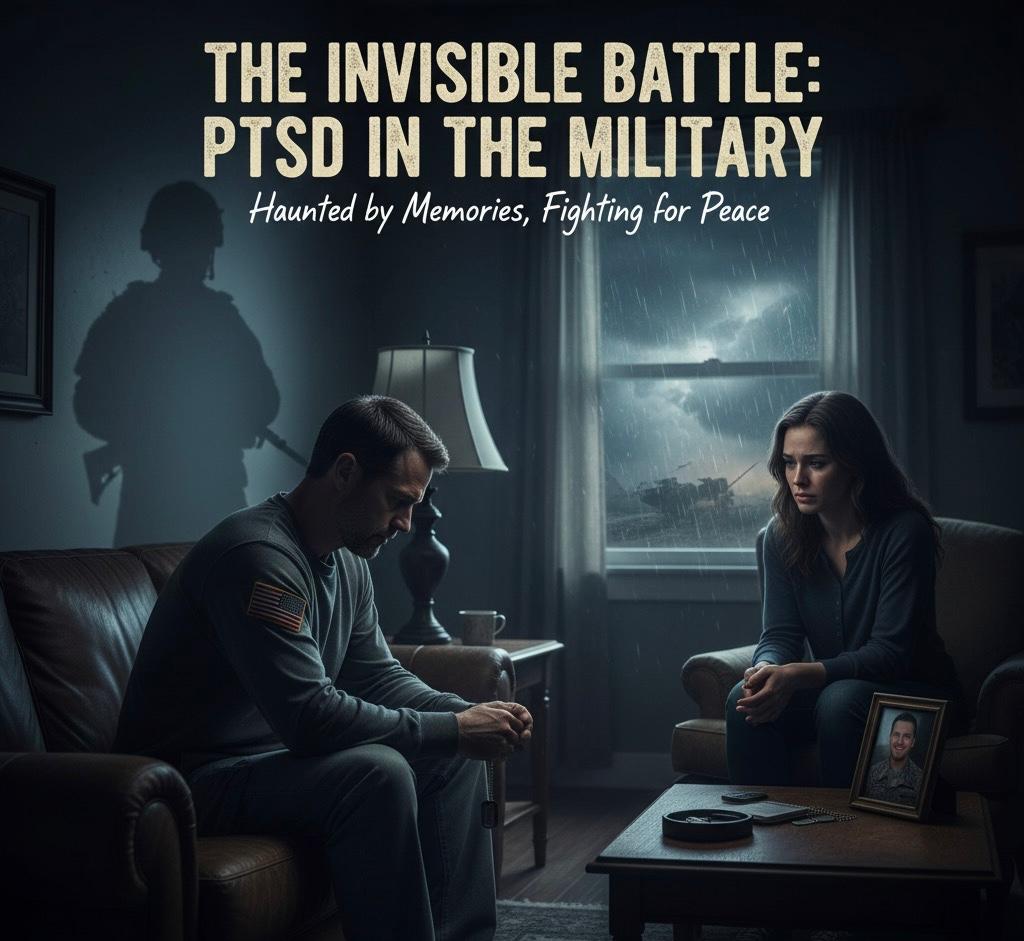Chronic Traumatic Encephalopathy (CTE) is a neurodegenerative disease found in individuals with a history of repetitive brain trauma. This condition has gained significant attention due to its prevalence among athletes in contact sports, military veterans, and others exposed to repeated head impacts. CTE is characterised by the accumulation of tau protein in the brain, leading to symptoms like cognitive impairment, emotional instability, and motor dysfunction. This article delves into the causes, symptoms, and current understanding of CTE, referencing scientific research to provide a comprehensive overview.
Causes and Risk Factors
CTE results from repeated head traumas, not necessarily concussive episodes but also subconcusive impacts that do not cause immediate symptoms. Research by McKee et al. (2013) in the Brain journal has shown a clear correlation between the extent of exposure to head impacts and the likelihood of developing CTE. Athletes in contact sports (e.g., American football, boxing, rugby) and individuals with military combat experience are at higher risk due to their frequent exposure to such traumas.
Symptoms and Progression
Symptoms of CTE can emerge years or even decades after the initial brain traumas and can be divided into four stages (McKee et al., 2013):
- Stage I: Headache and loss of concentration.
- Stage II: Depression, explosive behavior, and short-term memory loss.
- Stage III: Cognitive impairment and difficulty in executive functions.
- Stage IV: Advanced dementia, motor impairment, and aggression.
As the disease progresses, individuals may experience significant changes in personality, struggle with impulse control, engage in risky behaviors, and suffer from suicidal thoughts. The diversity of symptoms makes CTE a complex condition to diagnose and manage.
Diagnosis
Currently, CTE can only be definitively diagnosed post-mortem through brain tissue analysis. However, ongoing research aims to identify biomarkers and imaging techniques that could facilitate earlier and non-invasive diagnosis. Stein et al. (2015) in the Alzheimer’s Research & Therapy journal discussed the potential of neuroimaging and fluid biomarkers in detecting the disease in living individuals, which could revolutionise treatment approaches.
Management and Treatment
Since there is no cure for CTE, treatment focuses on managing symptoms and improving quality of life. This may involve cognitive therapy for memory and judgment issues, medications to manage mood swings or depression, and physical therapy to address motor symptoms. Early intervention and a multidisciplinary approach are crucial for supporting individuals with CTE and their families.
Prevention and Future Directions
Preventing head injuries is the most effective strategy to reduce the risk of developing CTE. This includes promoting safer playing techniques in sports, using protective gear, and implementing stricter protocols for managing head injuries. Ongoing research is also focused on understanding the mechanisms of CTE development, identifying early detection methods, and exploring potential treatments to halt or reverse the disease progression.
Conclusion
CTE is a serious and progressive condition resulting from repeated brain trauma, with significant implications for affected individuals and their families. While current diagnostic capabilities are limited to post-mortem analyses, advances in research offer hope for earlier detection and intervention. Prevention, awareness, and continued scientific inquiry are essential to address the challenges posed by CTE.
References
- McKee, A.C., Stein, T.D., Nowinski, C.J., Stern, R.A., Daneshvar, D.H., Alvarez, V.E., Lee, H.S., Hall, G., Wojtowicz, S.M., Baugh, C.M., Riley, D.O., Kubilus, C.A., Cormier, K.A., Jacobs, M.A., Martin, B.R., Abraham, C.R., Ikezu, T., Reichard, R.R., Wolozin, B.L., Budson, A.E., Goldstein, L.E., Kowall, N.W., & Cantu, R.C. (2013). The spectrum of disease in chronic traumatic encephalopathy. Brain.
- Stein, T.D., Alvarez, V.E., & McKee, A.C. (2015). Chronic traumatic encephalopathy: a spectrum of neuropathological changes following repetitive brain trauma in athletes and military personnel. Alzheimer’s Research & Therapy.
How to get in touch
If you or your patient/NDIS clients need immediate mental healthcare assistance, feel free to get in contact with us on 1800 NEAR ME – admin@therapynearme.com.au.







